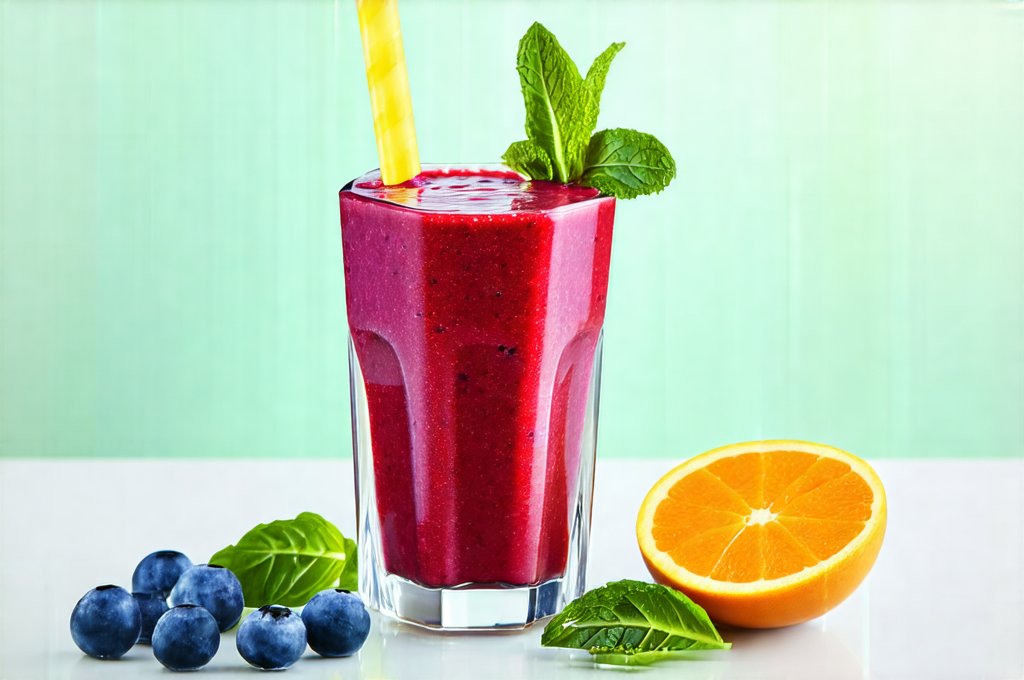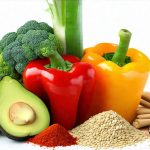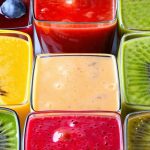The pursuit of wellness often leads us down paths paved with trendy superfoods and meticulously crafted recipes. Smoothies, in particular, have become synonymous with healthy eating—a quick, convenient way to pack a nutritional punch. However, what begins as an effort to nourish the body can sometimes backfire, resulting in frustrating digestive discomfort like bloating. It’s a common paradox: a health drink causing unhealthy symptoms. This isn’t necessarily a sign of a flawed recipe or inherently “bad” ingredients; rather, it frequently points to imbalances within the smoothie itself, and how those components interact with individual digestive systems.
Many assume bloating from smoothies stems from lactose intolerance or specific food sensitivities, and while that’s certainly possible, often the root cause is more nuanced – related to the combination of ingredients and their effect on gut motility and fermentation. The rapid blending process, while creating a palatable texture, can also pre-digest certain components, making them easier for bacteria in the large intestine to ferment, producing gas as a byproduct. Understanding these mechanisms—and how to mitigate them—is key to unlocking the digestive benefits smoothies promise, rather than experiencing unwanted side effects. If you are struggling with ongoing digestive issues, it might be time to explore how gut health can be a root cause of hormonal acne and oily skin.
The Fermentation Factor: Why Smoothie Ingredients Cause Gas
Smoothies blend ingredients into a highly digestible state, which isn’t always what you want. While easier digestion can be beneficial for some, it also means nutrients are readily available further up the digestive tract, potentially reaching the large intestine before being fully absorbed. This is where fermentation comes into play. The large intestine houses trillions of bacteria that thrive on undigested carbohydrates – fiber, sugars, and starches. When a smoothie delivers a concentrated source of these compounds directly to this bacterial playground, it fuels rapid fermentation. – Common fermentable ingredients include: fruits (especially those high in fructose), leafy greens, certain protein powders, and even some seeds.
– The byproduct of this process is gas – hydrogen, methane, and carbon dioxide – leading to bloating, distension, and discomfort.
– Individuals with sensitivities to FODMAPs (Fermentable Oligosaccharides, Disaccharides, Monosaccharides, And Polyols) are particularly susceptible to fermentation issues, as these compounds are notoriously difficult to digest.
The speed at which a smoothie is consumed also contributes. Drinking it quickly bypasses some of the natural digestive processes that occur when chewing solid food, giving your system less time to prepare and properly break down ingredients. This rapid delivery further exacerbates fermentation in the large intestine. A slowly savored smoothie allows for better enzyme activity and more gradual digestion, minimizing the amount of undigested matter reaching the colon. It’s important to how to recognize early digestive signs of holiday stress as well, since increased stress can impact digestion.
Balancing Fiber & Fat: The Digestive Duo
A key component of many healthy smoothies is fiber – lauded for its benefits to gut health and regularity. However, too much fiber, especially without adequate fat intake, can paradoxically contribute to bloating. Fiber absorbs water, which is essential for creating bulk and promoting bowel movements, but if there isn’t enough water alongside it or sufficient fat to slow down digestion, the fiber can become a stubborn mass in the gut, leading to discomfort. – Fat slows gastric emptying, giving your body more time to absorb nutrients and process fiber effectively.
– It also helps lubricate the digestive tract, easing the passage of stool.
– Think of it as a balancing act: you need enough fiber for regularity, but not so much that it overwhelms your system without adequate support from fat.
Healthy fats like avocado, nut butter (in moderation), seeds (chia, flax, hemp), or even a small amount of coconut oil can significantly improve smoothie digestibility. They also enhance the absorption of fat-soluble vitamins present in many smoothie ingredients. Conversely, low-fat smoothies – often packed with fiber and fruit – are more likely to cause bloating because they lack this crucial balancing element. Consider adding a tablespoon of nut butter or half an avocado to your next smoothie to see if it makes a difference. If you’re experiencing digestive upset after eating, how the smell of food can cause physical discomfort might play a role too.
The Role of Protein Powders
Protein powders are a common addition to smoothies, offering convenience and a boost of amino acids. However, certain types can be notoriously difficult to digest, leading to bloating and gas. – Whey protein concentrate, for example, contains lactose, which can trigger symptoms in those with lactose intolerance.
– Soy protein can also cause digestive issues due to its complex carbohydrate content.
– Plant-based protein powders, while generally better tolerated, aren’t always immune; some individuals experience discomfort from pea protein or brown rice protein.
Choosing a high-quality protein powder that aligns with your individual needs and tolerance is crucial. Hydrolyzed whey protein, for instance, has been pre-digested to break down lactose, making it easier on the stomach. Alternatively, explore other plant-based options like hemp protein or pumpkin seed protein, which are often gentler on the digestive system. Furthermore, remember that less is often more; excessive amounts of protein powder can overwhelm your digestive capacity.
Minimizing Fructose Overload
Fruits provide essential vitamins and antioxidants, but their high fructose content can contribute to bloating in sensitive individuals. Fructose malabsorption – the inability to properly absorb fructose in the small intestine – affects a significant portion of the population. When undigested fructose reaches the large intestine, it becomes fuel for fermentation, producing gas and discomfort. – Berries generally contain lower levels of fructose than fruits like mangoes or apples.
– Combining high-fructose fruits with other ingredients rich in glucose can improve absorption, as glucose enhances fructose uptake.
– Limiting portion sizes is also key; a small handful of berries is less likely to cause problems than an entire banana.
Consider incorporating lower-fructose fruit options into your smoothies and pairing them with healthy fats and protein to slow down digestion and enhance nutrient absorption. If you suspect fructose malabsorption, consult with a healthcare professional for proper diagnosis and guidance. Why sugar substitutes may cause digestive irritation is another factor to consider when crafting your smoothie.
The Importance of Chewing & Savoring
As mentioned earlier, the speed at which we consume smoothies impacts digestibility. Gulping down a smoothie bypasses essential digestive processes that begin in the mouth. Chewing stimulates saliva production, which contains enzymes that initiate carbohydrate breakdown. It also signals to your gut that food is coming, preparing it for digestion. – Sip your smoothie slowly and deliberately, consciously chewing each mouthful.
– This allows your body to better process ingredients and minimizes the amount of undigested matter reaching the large intestine.
– Consider adding ice cubes to your smoothie; this forces you to slow down and chew, while also providing hydration.
Ultimately, achieving digestive relief with smoothies requires a mindful approach – one that prioritizes ingredient balance, individual tolerance, and conscious consumption. It’s not about eliminating smoothies altogether; it’s about tailoring them to your body’s needs and ensuring they contribute to wellness rather than discomfort. If you need assistance staying nourished during sensitive periods, how to stay nourished during periods of digestive sensitivity can provide guidance. Also, if you find smoothies consistently cause issues, be mindful of how spicy foods cause bloating and acidic discomfort, as similar inflammatory responses might occur.


















